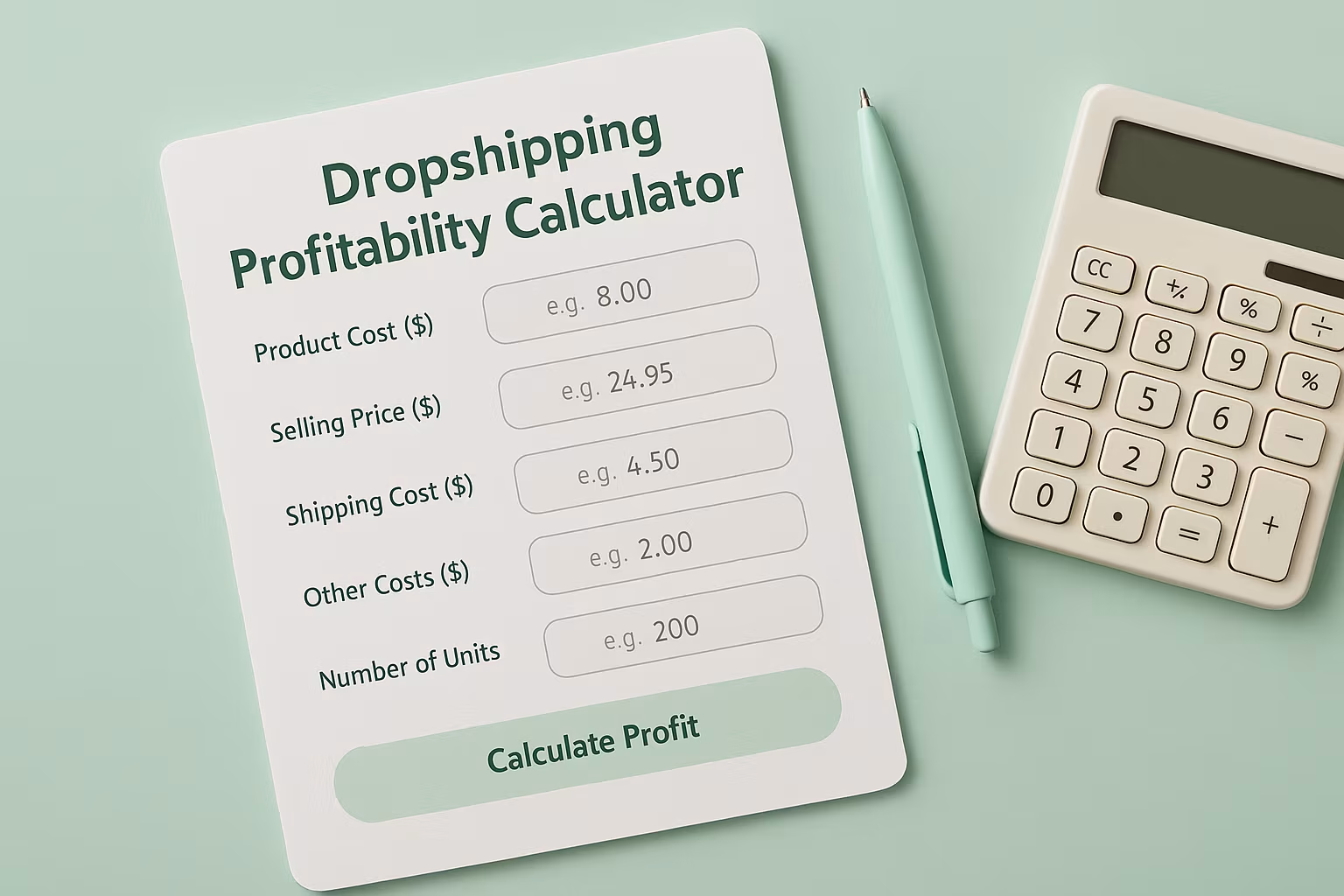
In today's digital landscape, knowing how to convert buyers through content marketing is essential.
It generates 3x more leads than outbound marketing and costs 62% less, making it a smart, cost-effective growth strategy for online brands.
More than just attracting clicks, content marketing builds trust and guides buyers through their journey. When done right, it becomes a reliable engine for conversions and long-term customer loyalty.
High-Converting Content Formats and Strategies
Different content formats excel at different stages of the buyer journey. Here are the most effective formats for driving conversions:
Educational Blog Content

Blog posts remain the foundation of most content marketing strategies, but conversion-focused blogs differ from general informational content. To optimize blog content for conversions:
- Target specific buyer personas and pain points - Segment your audience and create content specifically for each segment's needs
- Structure for scanability - Use clear headings, bullet points, and short paragraphs
- Include strategic CTAs - Place relevant calls-to-action throughout the content, not just at the end
- Incorporate social proof - Weave in testimonials, statistics, and results within the narrative
- Optimize for search intent - Align content with both informational and commercial search queries
Case Studies and Success Stories
Few content formats build trust like well-crafted case studies. They provide social proof while demonstrating real-world applications of your products.
For maximum conversion impact:
- Focus on results and measurable outcomes
- Feature customers your target audience can identify with
- Include specific details about implementation and challenges overcome
- End with a clear next step for interested readers
Video Content That Drives Action
Video content typically generates higher engagement rates than text alone. For conversion-focused videos:
- Keep product demos concise - Highlight key benefits in under 2 minutes
- Use customer testimonial videos - Real customers speaking authentically build tremendous trust
- Create explainer videos - Simplify complex concepts or demonstrate value quickly
- Add clear CTAs - Include verbal and visual calls-to-action
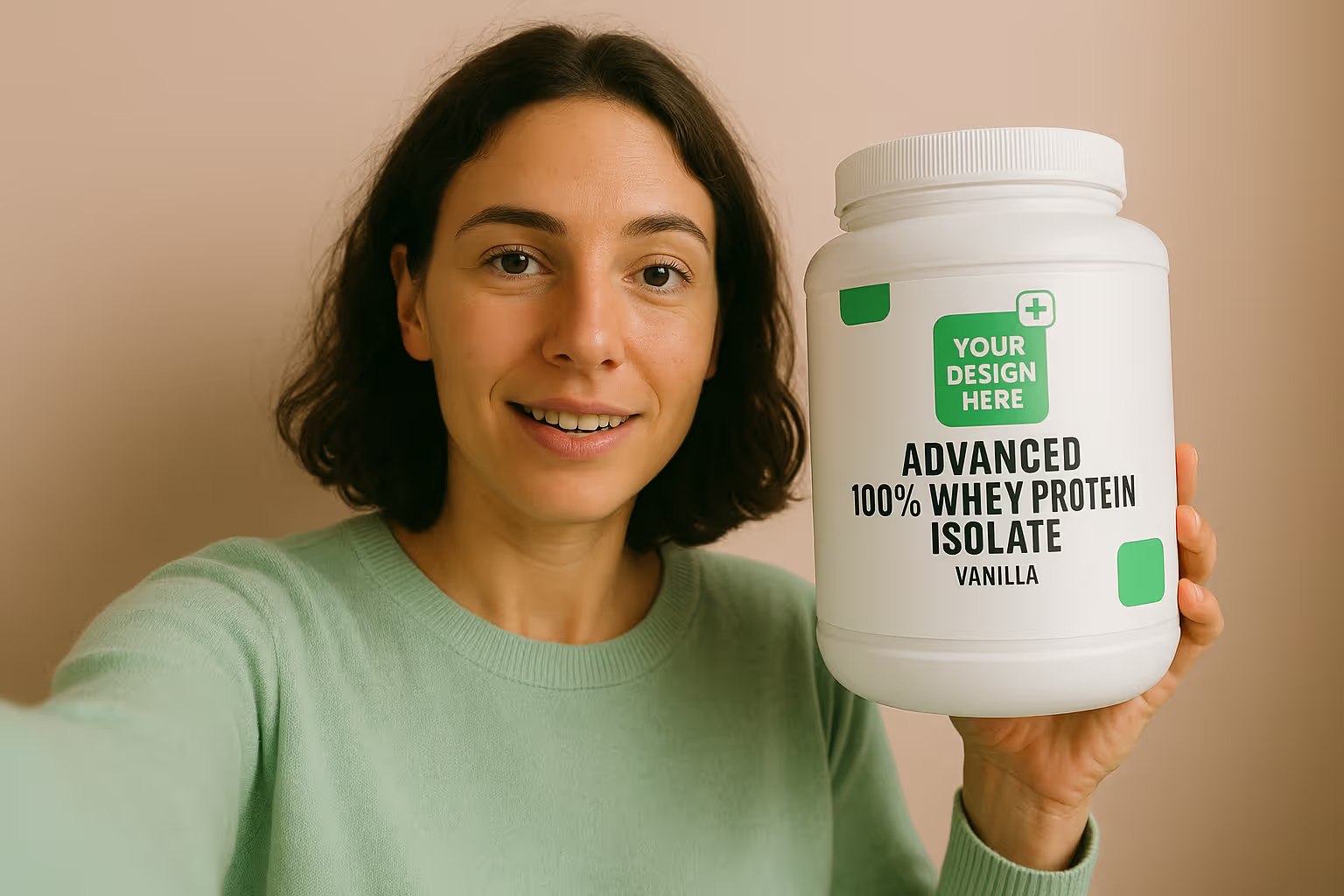
Email Sequences That Convert
Email remains one of the highest-converting channels when used strategically. Design email sequences that nurture leads through the sales process:
- Welcome sequence - Introduce your brand and value proposition
- Educational sequence - Build trust by sharing valuable information
- Problem-solution sequence - Address specific pain points
- Social proof sequence - Share testimonials and case studies
- Conversion sequence - Make a direct offer with incentives
Pro tip: Segment your email list based on engagement and past purchases, then create specialized email sequences for each segment. Conversion rates often increase by 200-300% with properly segmented campaigns compared to generic broadcasts.
Optimizing Content for Conversion
Creating great content is just the first step. To maximize conversions, each content piece must be strategically optimized.
Crafting Compelling Headlines and Hooks
Headlines determine whether your content gets consumed. For conversion-focused headlines:
- Be specific about the benefit ("How to Cut Production Costs by 23% Without Sacrificing Quality")
- Create urgency when appropriate ("Limited Time: Master Facebook Ads Before Algorithm Changes")
- Use numbers and data ("7 Proven Strategies That Boosted Our Conversion Rate by 143%")
- Ask questions that trigger curiosity ("Is Your Checkout Process Costing You Sales?")
The opening paragraph should immediately validate that the reader has found relevant information to their problem, establishing both relevance and authority.
Strategic Call-to-Action Placement
Every piece of content needs clear direction on what to do next. Effective CTAs:
- Use action-oriented language ("Start Your Free Trial" vs "Free Trial Available")
- Create value rather than obligation ("Get Your Custom Report" vs "Submit")
- Reduce perceived risk ("Try Risk-Free for 30 Days")
- Match the buyer's journey stage (awareness content should have softer CTAs than decision-stage content)
Landing page optimization plays a crucial role in turning interested readers into actual buyers. The transition from content consumption to action should feel natural and value-driven.
Using Social Proof Strategically
Incorporate various forms of social proof throughout your content:
- Customer testimonials and reviews
- Industry awards and recognition
- Media mentions
- Statistical results
- Partnership logos
- User-generated content
For maximum impact, match the type of social proof to specific customer concerns. For example, if customers worry about product quality, showcase detailed reviews that specifically mention quality and durability.

Content Distribution for Maximum Conversion
Even the best content won't convert if it doesn't reach your target audience. A strategic distribution plan ensures your content reaches potential customers at the right time.
SEO Optimization for Buyer Intent
SEO for marketing health products or any other niche requires understanding the difference between informational and commercial search intent. To optimize for conversion:
- Target keywords that indicate buying intent ("best protein powder for weight loss" vs. just "protein powder")
- Create content clusters that guide users from informational to transactional content
- Optimize meta descriptions with clear value propositions to improve click-through rates
- Include schema markup for reviews, FAQs, and products to enhance search visibility
Leveraging Social Media for Content Distribution
Different social platforms serve different purposes in the conversion funnel:
- LinkedIn: B2B conversion content, thought leadership, case studies
- Instagram: Visual product showcases, user-generated content, lifestyle integration
- TikTok: Authentic demonstrations, behind-the-scenes content, trending challenges
- Facebook: Community building, longer educational content, remarketing
For platforms like TikTok Shop, create content that seamlessly bridges entertainment and commerce with authentic product demonstrations and real results.
Paid Amplification Strategies
Strategic paid promotion can significantly boost content conversion rates:
- Retargeting: Show conversion-focused content to users who consumed awareness content
- Lookalike audiences: Target users similar to your existing customers
- Content syndication: Place your best-performing content on premium publisher networks
- Native advertising: Promote educational content in relevant publications
Measuring and Optimizing Content Conversion Performance
To continually improve conversion rates, establish clear measurement systems:
Key Metrics to Track
Monitor these essential metrics for content marketing conversion:
- Traffic-to-lead ratio: What percentage of content consumers take the first conversion step?
- Content engagement metrics: Time on page, scroll depth, and interaction rates
- Attribution data: Which content pieces influence purchases, even if they're not the last touch?
- Average order value: Does certain content lead to higher-value purchases?
- Industry benchmarks: How do your conversion rates compare to industry standards?
A/B Testing for Continuous Improvement
Regularly test these elements to increase content conversion rates:
- Headlines and content hooks
- Content formats (video vs. text vs. interactive)
- CTA placement, design, and copy
- Content length and depth
- Social proof placement and types
Real-World Know-How: Trigger CTAs Based on User Behavior
A powerful yet underused tactic is to trigger conversion actions, like discount reveals or checkout buttons, based on user behavior such as scroll depth, time on page, or video watch time.
This ensures only high-intent users see key CTAs, reducing friction for casual readers while increasing conversions from engaged ones.
Tools like ConvertBox or JavaScript triggers let you show CTAs after users engage with a certain portion of content.
This improves conversion rates and sharpens retargeting audiences, ultimately lowering your cost per acquisition and increasing content ROI.
Make Your Content Work Harder, and Actually Convert
Converting buyers through content marketing isn’t about aggressive selling; it’s about delivering value at every stage of the customer journey.
When your content helps potential buyers solve problems, make informed decisions, and visualize success with your product, conversions follow naturally.
Top brands treat content not as an expense but as a long-term sales asset. By focusing on your audience’s real needs and guiding them strategically toward action, your content becomes a powerful conversion tool.
FAQ
Related blogs
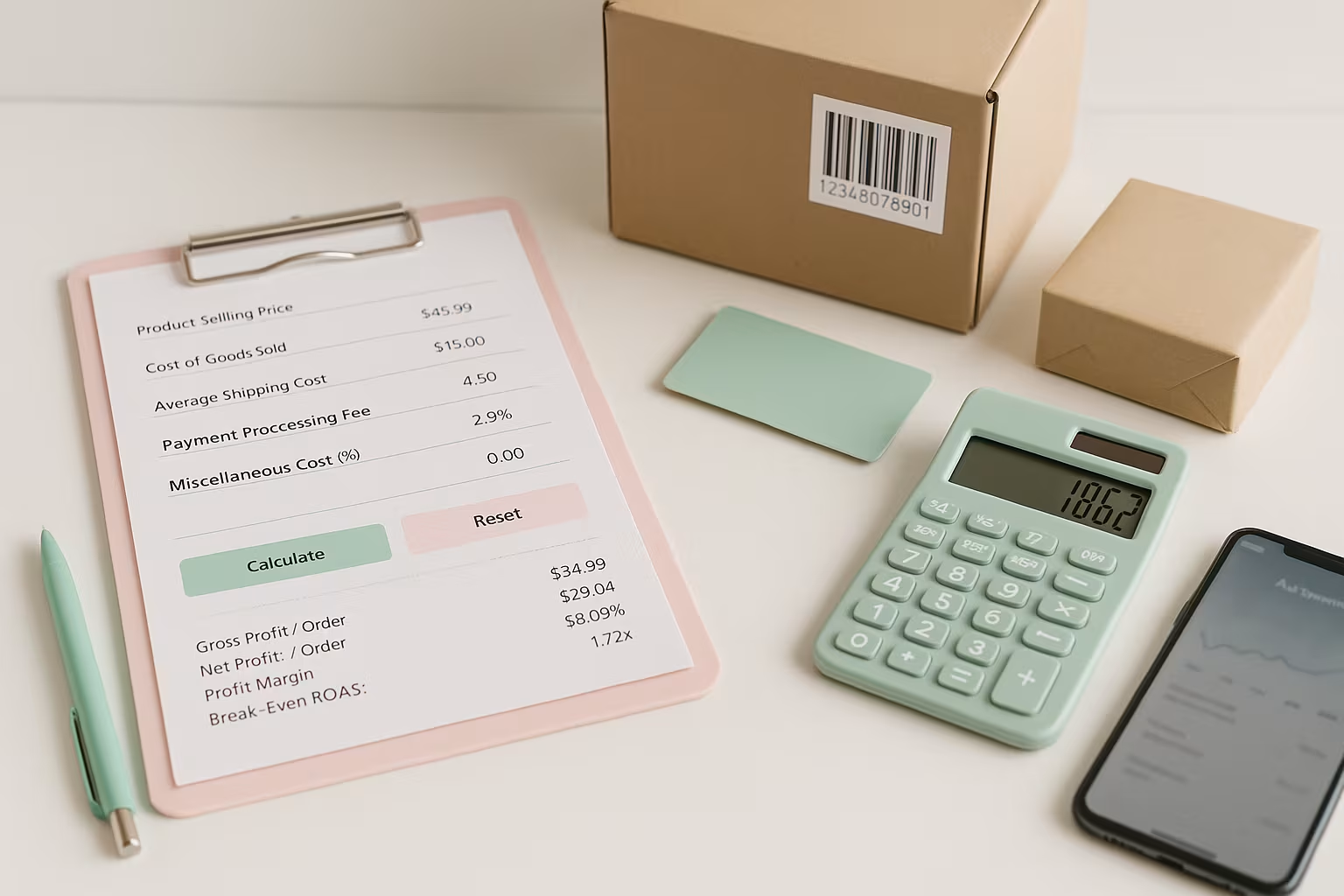
Break-Even ROAS Calculator: Find Out What You Can Afford to Spend on Ads
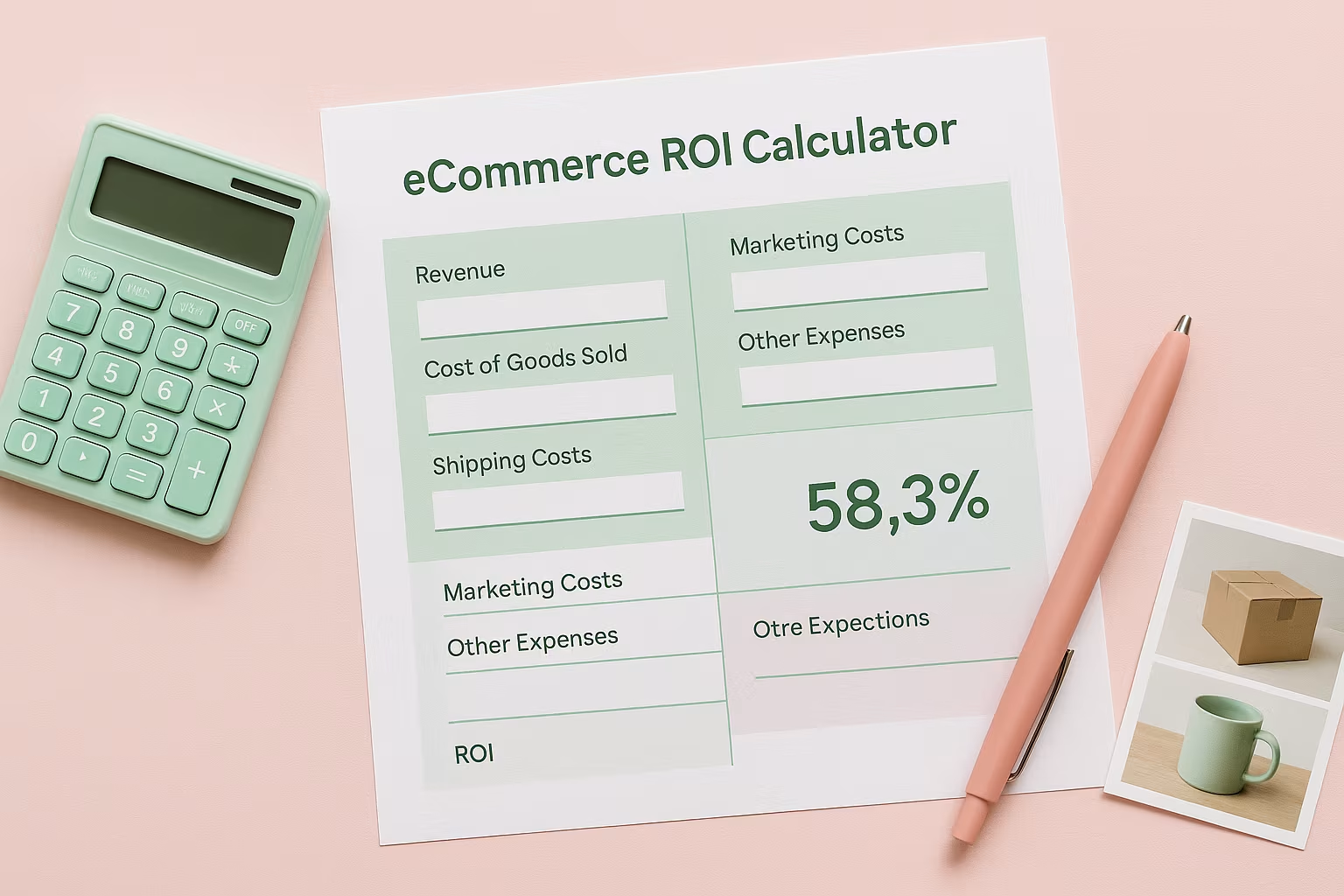
Ecommerce ROI Calculator: Scale Your Store
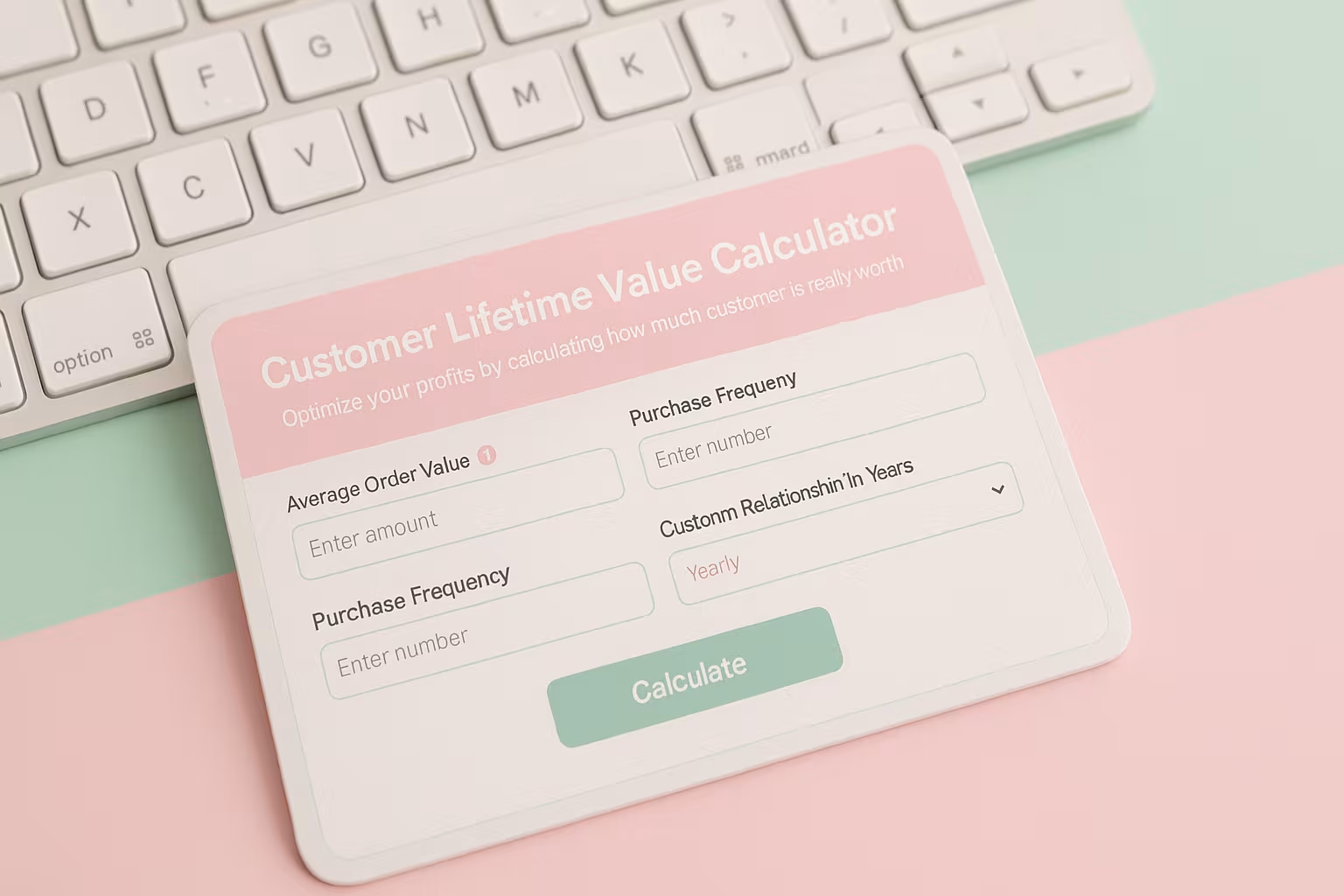
Customer Lifetime Value Calculator: Unlock Your E-commerce Revenue Potential
